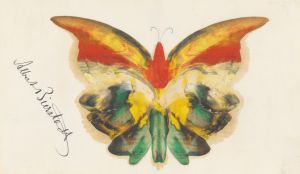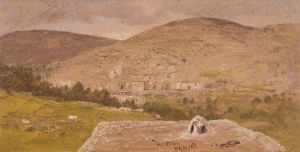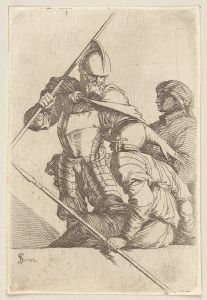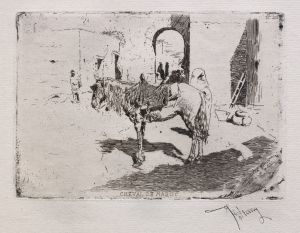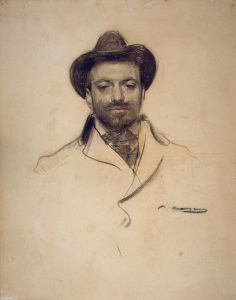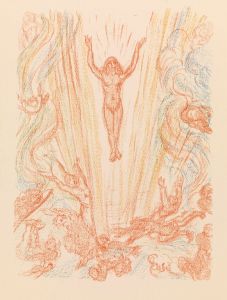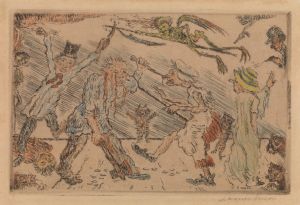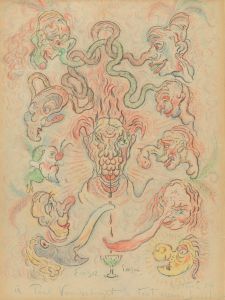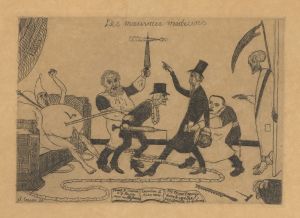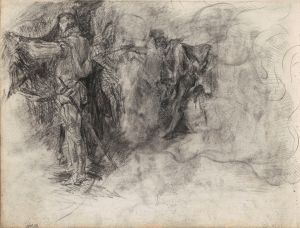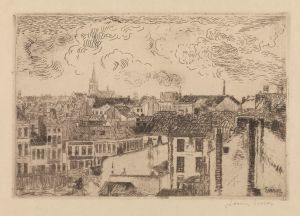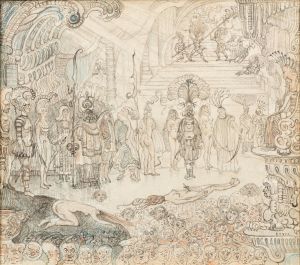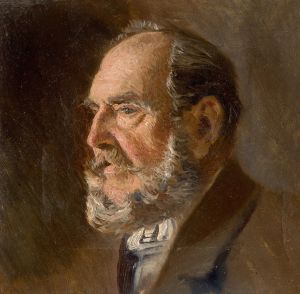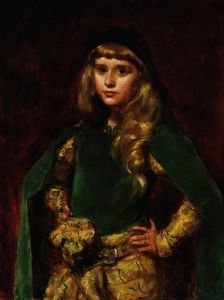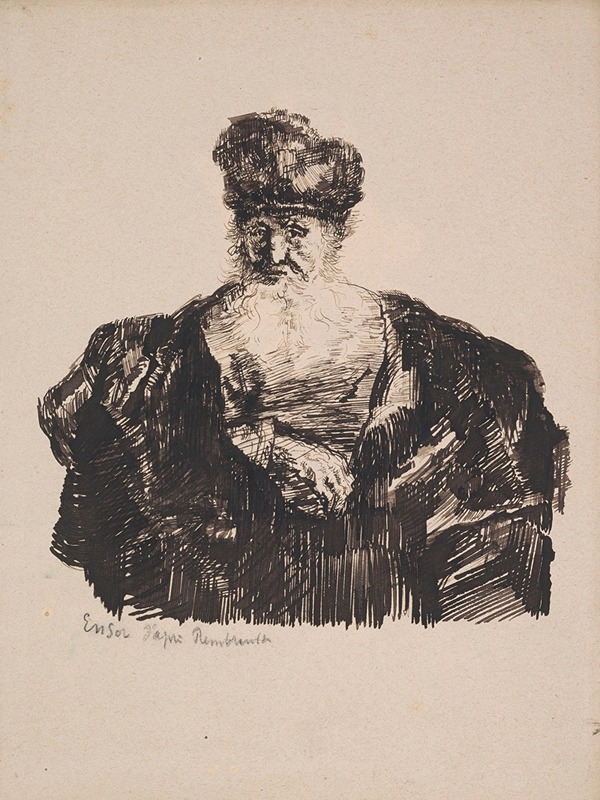
Old Man with Flowing Beard
A hand-painted replica of James Ensor’s masterpiece Old Man with Flowing Beard, meticulously crafted by professional artists to capture the true essence of the original. Each piece is created with museum-quality canvas and rare mineral pigments, carefully painted by experienced artists with delicate brushstrokes and rich, layered colors to perfectly recreate the texture of the original artwork. Unlike machine-printed reproductions, this hand-painted version brings the painting to life, infused with the artist’s emotions and skill in every stroke. Whether for personal collection or home decoration, it instantly elevates the artistic atmosphere of any space.
"Old Man with Flowing Beard" is a painting by the Belgian artist James Ensor, a prominent figure in the late 19th and early 20th-century art scene. Ensor is best known for his innovative and often provocative works that blend elements of symbolism, expressionism, and surrealism. His unique style and thematic focus on masks, skeletons, and fantastical scenes have earned him a significant place in art history.
James Ensor was born in Ostend, Belgium, in 1860, and he spent most of his life there. His family owned a curiosity shop, which exposed him to a variety of objects and artifacts that would later influence his artistic vision. Ensor's work often reflects a fascination with the grotesque and the bizarre, themes that are evident in many of his paintings.
"Old Man with Flowing Beard" is one of Ensor's lesser-known works, and specific details about the painting, such as its creation date and current location, are not widely documented. However, it fits within Ensor's broader oeuvre, which frequently explores themes of identity, mortality, and the human condition. The painting likely features Ensor's characteristic use of vivid colors and expressive brushwork, techniques that he employed to convey emotion and psychological depth.
Ensor's art was often ahead of its time, and he was a member of the avant-garde group Les XX, which included other progressive artists and writers. This group was instrumental in challenging the artistic norms of the period and promoting new forms of expression. Ensor's work, including "Old Man with Flowing Beard," contributed to the development of modern art by pushing the boundaries of traditional representation and exploring the inner workings of the human psyche.
Throughout his career, Ensor faced both criticism and acclaim. His unconventional style and subject matter were initially met with resistance from the conservative art establishment. However, over time, his work gained recognition and appreciation, influencing later artists and movements. Ensor's legacy is evident in the works of expressionists and surrealists who followed him, as they embraced similar themes of distortion and fantasy.
In summary, while specific information about "Old Man with Flowing Beard" is limited, it can be understood within the context of James Ensor's broader artistic contributions. Ensor's exploration of complex themes and his innovative approach to painting have left a lasting impact on the art world, securing his place as a pivotal figure in the transition from 19th-century realism to 20th-century modernism.





